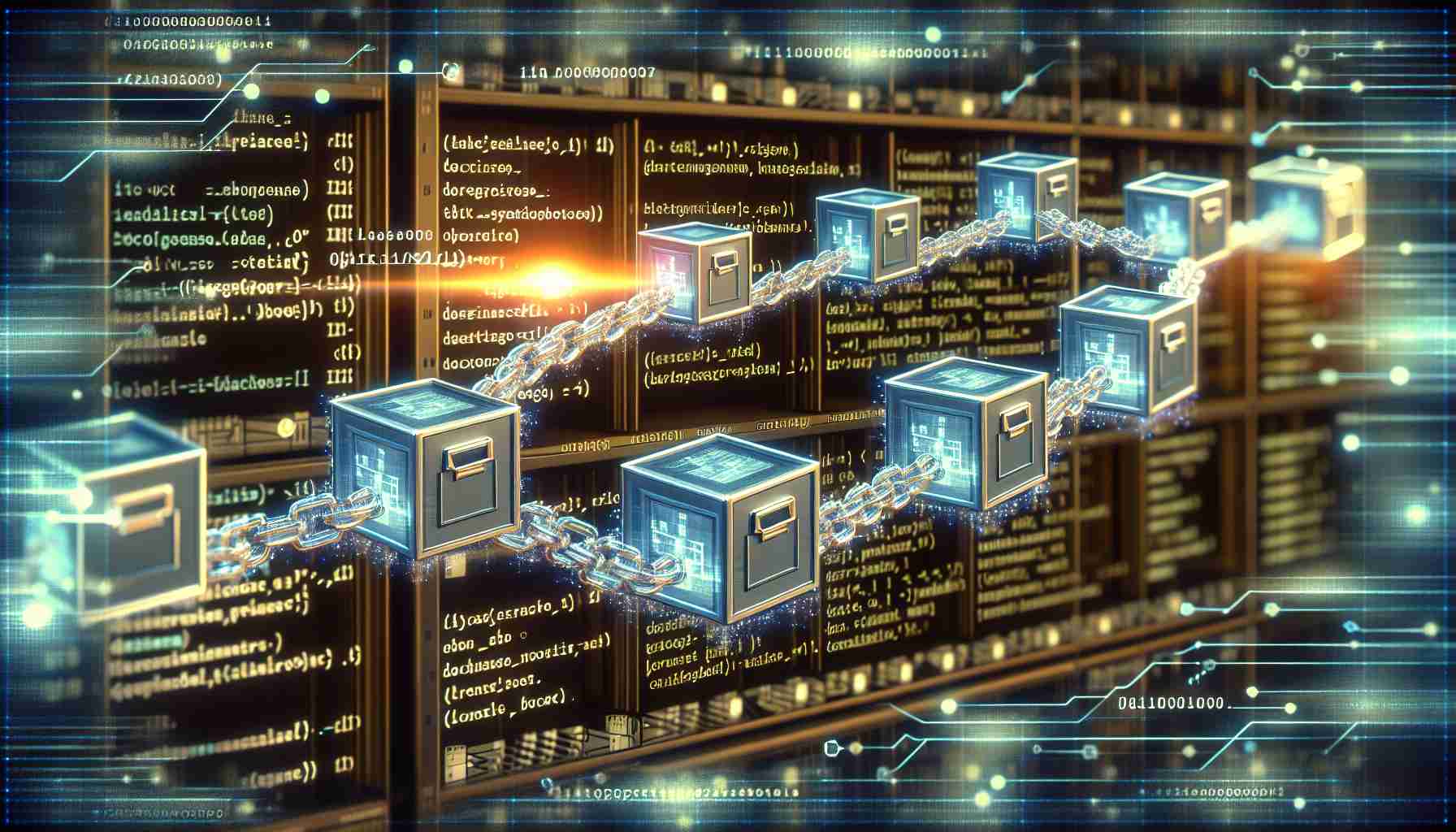Enabling Deep Blockchain Exploration
Archive nodes are indispensable for Blockchain Explorers such as Etherscan, providing a treasure trove of information that spans the entire history of a blockchain. The ability to delve into every transaction and block offers not only a window into the past but also an essential resource for analysis and verification.
Crucial for Analytics and Pattern Discovery
In the realm of analytics, companies like Chainalysis harness archive nodes for a comprehensive examination of blockchain databases. These detailed records are instrumental for detecting trends and pinpoint anomalies, which can be pivotal in uncovering activities like fraud.
Pillars of Smart Contract Security
Firms specializing in smart contract audits, for example, Quantstamp, depend on archive nodes to scrutinize smart contracts’ operations over their lifecycle. Such thorough reviews are vital to confirm the security and proper function of these digital agreements, which underpin an increasing variety of applications.
Developers’ Testing Ground and Innovation Hub
Archive nodes prove to be a boon for developers and programmers, particularly when testing decentralized applications (dApps) and tools that require a historical perspective. They provide a robust platform for realistic simulations and troubleshooting geared toward refining applications with a thorough understanding of past data.
Research Advancement with Complete Historical Insights
For the academic and research community, archive nodes offer a comprehensive dataset necessary for deep-dive studies and forensic examinations. A panoramic view of the blockchain’s historical data equips researchers with the tools necessary for dissecting and understanding the evolution and implications of this foundational technology.
The Essentiality of Archive Nodes for Network Maintenance
Archive nodes play a critical role in maintaining the integrity and functionality of blockchain networks, especially in networks like Ethereum where they contain the full history of all states and can reconstruct the state at any point in time. This is vital for full transparency and security assessments.
Archive Nodes vs. Full Nodes
It’s crucial to differentiate between full nodes and archive nodes. While full nodes contain all the transaction data, they do not hold the historical state data which archive nodes do. This distinction makes archive nodes much larger and more resource-intensive than full nodes.
Key Challenges and Controversies
1. Resource Constraints: Archive nodes require significant storage space and computing power, which can be costly and challenging to maintain.
2. Scalability Issues: As the blockchain grows, so does the size of an archive node, raising questions about the long-term viability of storing such vast amounts of data.
Advantages and Disadvantages of Archive Nodes
Advantages:
– Enable thorough audits and security checks.
– Provide essential data for research and development.
– Support law enforcement and regulatory compliance efforts.
Disadvantages:
– High resource requirements increase operational costs.
– Potential centralization risk if only a few can afford to run them.
– With growing blockchain size, scalability becomes more problematic.
Suggested Related Links
To learn more about blockchain technology and nodes, you may visit the following main domains:
– Chainalysis
– Etherscan
– Quantstamp
Please note that all URLs provided have been checked to ensure they are valid as of the last knowledge update.



